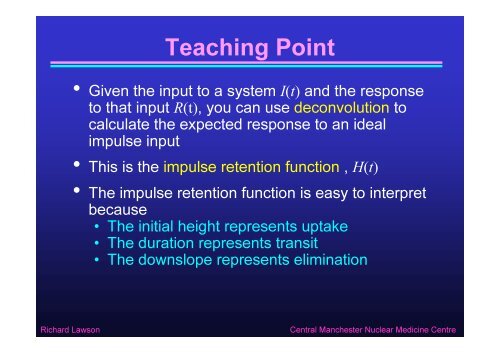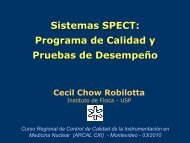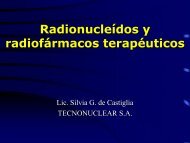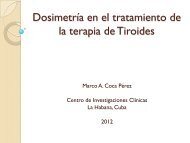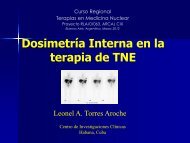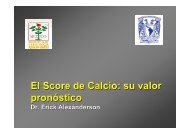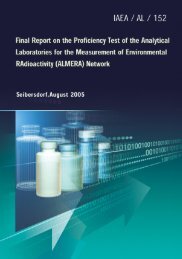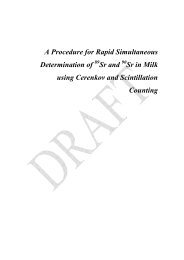Quantitative Methods in Renography - Nucleus
Quantitative Methods in Renography - Nucleus
Quantitative Methods in Renography - Nucleus
You also want an ePaper? Increase the reach of your titles
YUMPU automatically turns print PDFs into web optimized ePapers that Google loves.
Teach<strong>in</strong>g Po<strong>in</strong>t<br />
• Given the <strong>in</strong>put to a system I(t) and the response<br />
to that <strong>in</strong>put R(t), you can use deconvolution to<br />
calculate the expected response to an ideal<br />
impulse <strong>in</strong>put<br />
• This is the impulse retention function , H(t)<br />
• The impulse retention function is easy to <strong>in</strong>terpret<br />
because<br />
• The <strong>in</strong>itial height represents uptake<br />
• The duration represents transit<br />
• The downslope represents elim<strong>in</strong>ation<br />
Richard Lawson<br />
Central Manchester Nuclear Medic<strong>in</strong>e Centre


